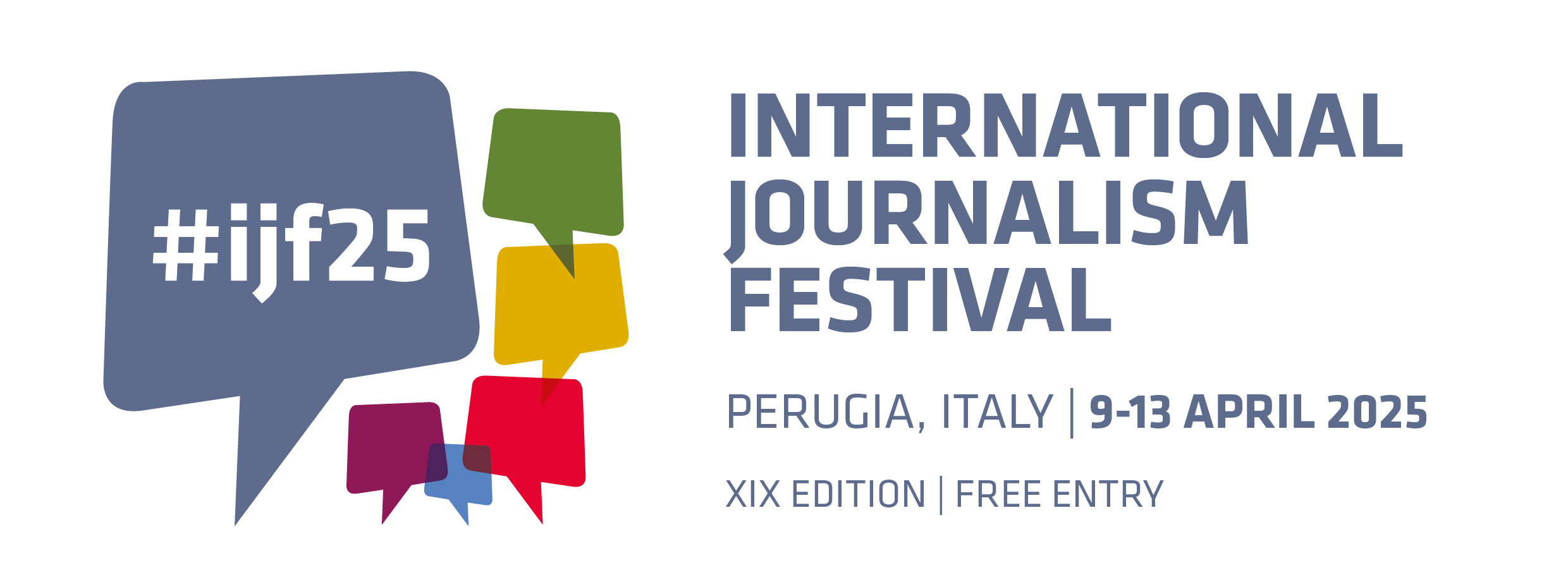Female journalists have suffered sexual violence for decades and they were usually told to not make a big deal about all kind of situations, but nowadays, especially with the #MeToo movement, newsrooms are finally talking about it.
And proving that the struggle is not only the actual change but talking about what is happening, Sexual violence: A silence tool was the name of the #UsToo panel discussion at the third day of the International Journalism Festival, in Perugia. Moderated by Courtney Radsch, from the Committee to Protect Journalists, one thing was clear from the beginning: sexual violence goes beyond any type of context.
Rosa Meneses, from El Mundo, realized that she didn’t have the correct equipment or training when she got shot while covering war in Libya, so she started demanding that to her newsroom and to journalism bosses in Spain.
But unsafe spaces for female journalists can be found not only in conflict zones. Anna Lekas Miller, freelance journalist, was grabbed behind while covering information in London.
For Lina Attalah, Egyptian journalist at Mada Masr admits that for her team is a must to work in groups, covering in twos or threes, but she also supports the idea of giving mental help to journalists after several experiences.
And even on social media women journalists embrace sexual threats that their male colleagues not. “It’s easy to say: ‘block the person’. But people will know how to keep stalking you”, said Tracie Powell, senior fellow at Democracy Fund who has also suffered sexual harassment since her first steps on journalism.
There is not a specific solution to finish with these kinds of abuses, but as Ms. Radsch concluded, “journalists stay quiet because of cultural and professional stigma, and to change that we must talk about this, report abuses to editors and authorities… That silence is declining.”
José Manuel Cuevas

